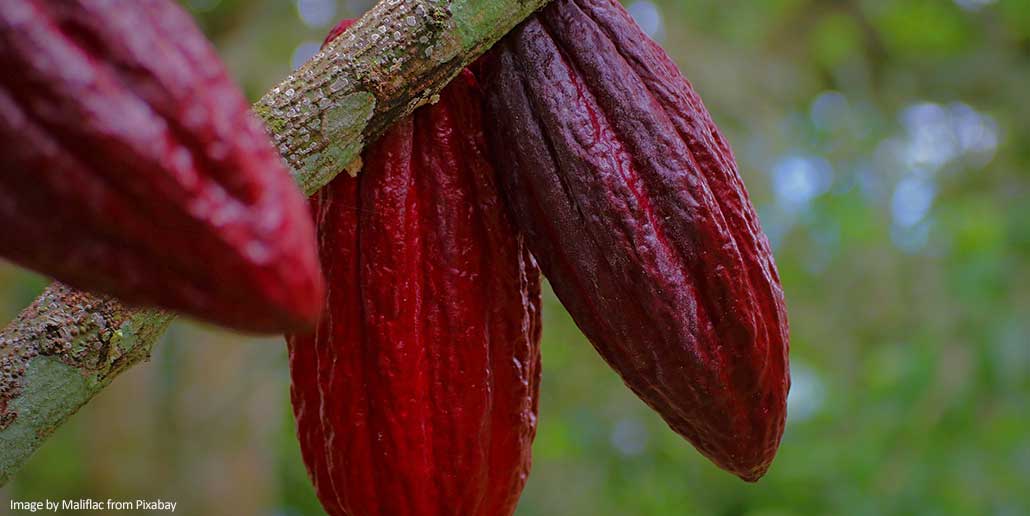
Ruby Chocolate, the Fourth Type of Chocolate
Ruby Chocolate, hailed as the “fourth type” of chocolate, has captivated the culinary world with its striking pink hue and distinctive taste. Joining dark, milk, and white varieties, it offers consumers an entirely new flavour experience. This remarkable creation stems from decades of research, an innovative approach to cacao, and a growing demand for novel indulgences.
What is Ruby Chocolate?
This confection is made from the Ruby cocoa bean, which naturally possesses a pinkish-red tint. Its flavour is unlike any other chocolate variety—slightly tangy and fruity, with berry-like notes. The chocolate owes its unique colour and taste to specific compounds found in the Ruby bean. Unlike white chocolate, which lacks cocoa solids, or dark and milk chocolates, which vary in cocoa content and sweetness, this new type stands out for its balanced acidity, fruity undertones, and creamy texture.
The vibrant pink colour is not the result of artificial dyes or flavourings. Instead, it comes from the natural properties of the Ruby bean and a specialized processing method developed by its creators.
When Was Ruby Chocolate Created?
Ruby Chocolate was unveiled to the world in 2017 by Barry Callebaut, a Swiss-Belgian company and one of the largest chocolate manufacturers globally. The journey to its creation, however, spans over a decade. Barry Callebaut’s team of scientists and chocolatiers spent years researching cocoa varieties and refining processing techniques to preserve the natural ruby colour and unique flavour of these beans.
Ruby chocolate was first introduced at a launch event in Shanghai, China, reflecting the company’s focus on tapping into the Asian market, where novel and visually appealing products are highly sought after. It quickly became a sensation in the food industry, generating excitement among pastry chefs, chocolatiers, and consumers alike.
The European Union officially recognized Ruby chocolate as a distinct category in 2018, a critical step in cementing its place in the global market. Soon after, it began appearing in various products, from premium chocolate bars to innovative desserts and beverages.
Why is Ruby Chocolate Significant?
The emergence of Ruby chocolate as the fourth type is significant for several reasons:
- Culinary Innovation
This chocolate represents a groundbreaking innovation in the world of chocolate. For decades, white chocolate, introduced in the 1930s, was the last major development in chocolate varieties. Ruby chocolate broke that trend, offering chefs and manufacturers a completely new ingredient to experiment with. Its vibrant colour and distinct flavour allow for creative presentations and unique combinations in desserts and confections. - Meeting Consumer Demand
In recent years, consumers have shown a growing interest in premium, artisanal, and visually appealing foods. Ruby chocolate caters to these preferences, appealing to both taste buds and aesthetics. Its natural pink hue makes it Instagram-worthy, while its fruity flavour profile offers a new sensory experience. As a result, it has become a favourite among millennials and Gen Z consumers who value unique and shareable food experiences. - Natural Appeal
Ruby chocolate’s natural colour and flavour align with the global trend toward cleaner, more transparent ingredient lists. Unlike other vividly coloured foods, Ruby chocolate achieves its hue and taste without the need for artificial additives, which enhances its appeal to health-conscious consumers. - Expanding the Chocolate Market
By introducing a new chocolate variety, Barry Callebaut effectively expanded the market. Ruby Chocolate has not only created excitement among consumers but also opened up new opportunities for product differentiation. Chocolatiers can now offer something truly novel, while retailers can capitalize on its uniqueness to attract curious buyers.
Challenges and Future Prospects
Despite its success, Ruby Chocolate faces challenges. Its production remains exclusive to Barry Callebaut, which holds proprietary rights to the processing technique, limiting accessibility. Additionally, its premium cost can restrict availability in some markets.
However, its potential is immense. As awareness grows and production scales up, it will likely become more accessible. Its applications in high-end desserts, artisanal confections, and even mass-market products indicate a promising future.

